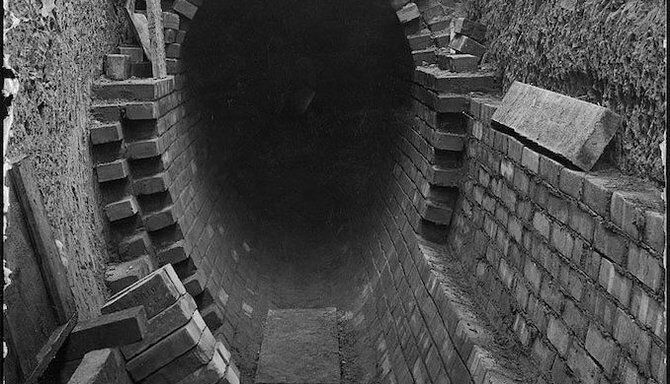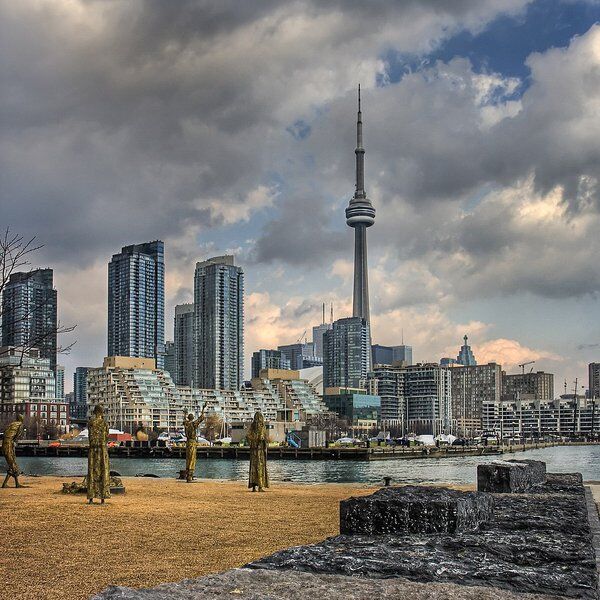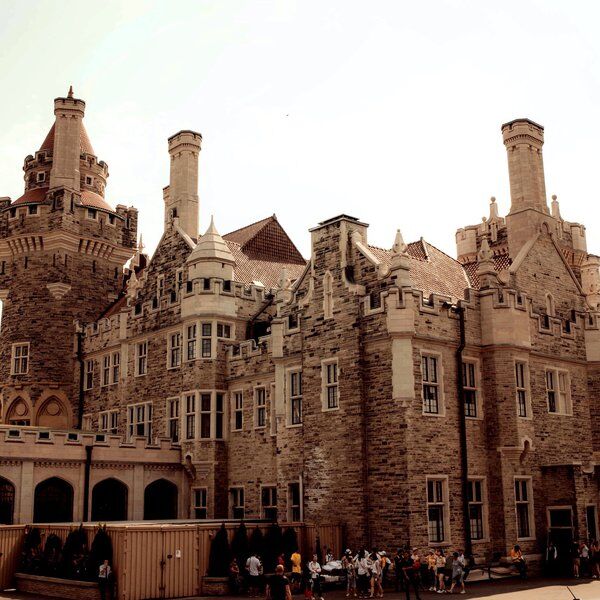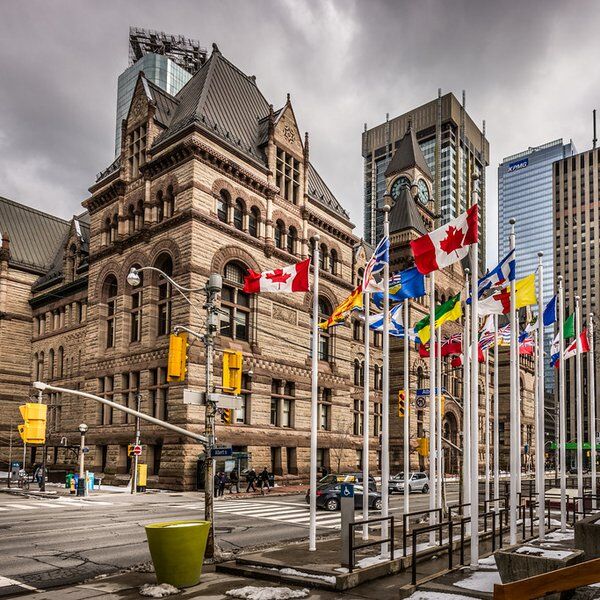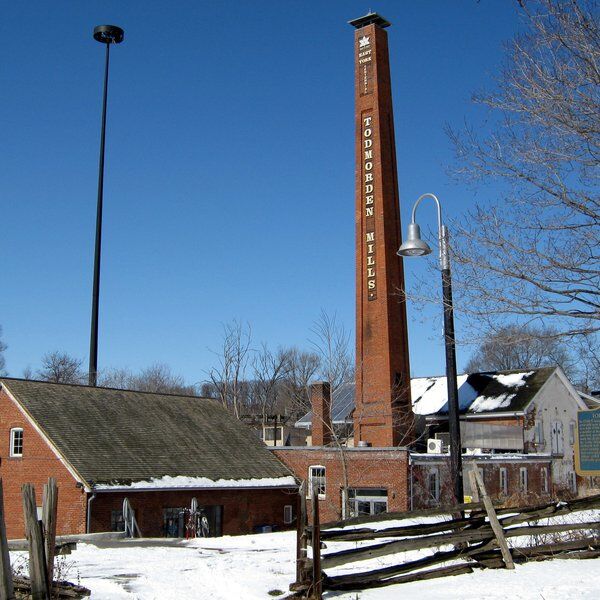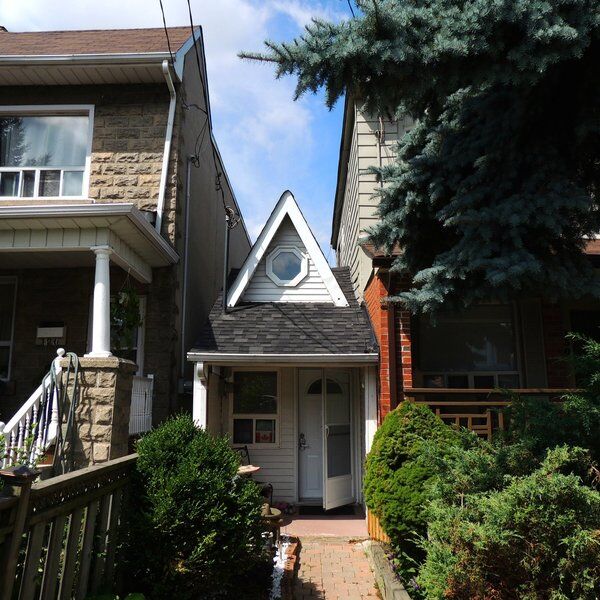Every city of millions comes with a proportionally massive waste system and Toronto is no exception. Its sewer is made up of 11 kilometres of tunnels (about 4 metres per resident). An insanely complex engineering marvel, it allows Torontans to dispose of their excrement without a second's thought.
The Origins of Toronto Sewers
The sewer was pieced together over decades using dozens of smaller systems. Eventually, through a huge central effort, these were turned into a single robust system that could maintain high standards for the city for centuries to come.
Of the initial smaller systems, some were simpler than others. Toronto’s unusual ravine network meant that high capacity storm drains were needed to stop heavy rain from causing problems. These drains form some of the least complicated parts of today's sewers.
More sophisticated are those sections added during the major expansions of the city. Designed to service its newer areas, these were split in two so as to separate sanitary wastewater (“foul drains”) from surface water (“storm drains”).
More interesting, however, are the older systems. Dating back to the 1800s, these are tight networks of egg-shaped brick tunnels, sometimes barely wide enough to walk through; sometimes dropping off at steep ‘grades’ to allow gravity to get the waste water where it needs to go.
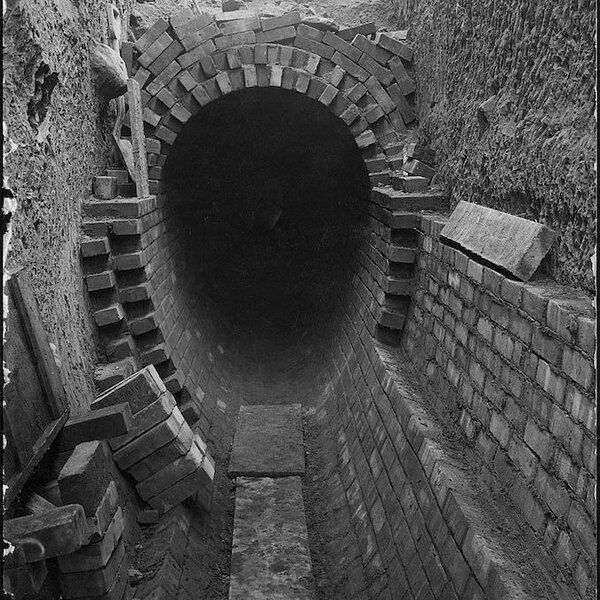
Old Pressures on Toronto Sewers'
These older systems were often built around natural waterways that had probably carried away their fair share of human waste before they were swallowed and buried by the growing city. Old ‘lost rivers’ of Toronto like Rosedale Creek and Lavender Creek are not really gone, but exist now as 'combined' parts of the sewers. Combined, here, meaning they deal with both human waste and rainwater.
And sometimes, Toronto gets a lot of rainwater. So much that its most historic areas have often, over the last one hundred years, been at risk of flooding. To this day the city is caught in a fight to prevent its sewers from overflowing, and raw sewage from spilling into Lake Ontario. Treatment facilities, storage tanks and ‘interceptor’ main-lines have been added below the city streets, creating a mindboggling system that just about makes sure every drop of waste gets to where it needs to be.
In cases of extreme rainfall the water from the hazardous combined sewers is diverted into huge concrete storage tanks where it remains until it has settled enough to be separated and processed.
Bringing Toronto Sewers' into the Modern Day
It’s an ongoing battle, however. Extreme weather patterns and growing population sizes keep the system in constant need of update. Even today more storage is being constructed, more treatment built, and more pumping stations commissioned (the city is up to 84 so far).
Despite all this, the average Torontan walks the city streets completely unaware of the war perpetually being raged beneath their feet.
Exploration of Toronto Sewers
Like any old and concealed structure Toronto's sewers have become a favourite for urban explorers. Dangerous gases, storm water surges, and potential for disease and infection is apparently not enough to put them off! Visitors and locals however should not attempt to explore these systems by themselves.
Visits are possible but only with the permission of relevant public works employees. Alternatively, there are some fantastic resources available online to provide an experience of Toronto's tunnels and underground systems from the comfort of your home.
